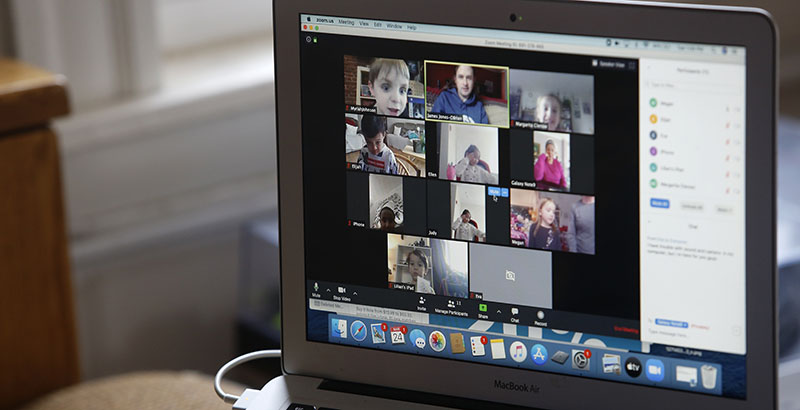LiBetti: Schools Need Help Bringing Special-Needs Kids Back to Class. If They Can’t, Here Are 3 Paths for Supporting Learning Online

Since COVID-19 upended American life, story after story has highlighted students with disabilities falling behind and families bringing lawsuits to force schools to serve students with special needs. Schools struggle to consistently engage students with disabilities in distance learning, and attendance is often lower for these students than for any others. Virtual learning, by and large, is not working for students with special needs.
Even before the onset of COVID-19, the achievement gap nationally between students with disabilities and those without was 42 points in reading among fourth-graders and 39 points in reading among eighth-graders.
Schools must do more to focus on students with disabilities, but they can’t do it alone. Policymakers at the federal, state and local levels must provide resources and flexibility on in-person-focused requirements.
Most immediately, schools should reopen for students who would benefit most from in-person instruction, especially those with disabilities. Access to brick-and-mortar classrooms is a scarce resource right now, given social distancing requirements, high costs for personal protective equipment and other measures to safely open schools. Prioritizing students with disabilities allows schools to provide one-on-one support and services that cannot be delivered remotely, such as physical therapy.
Many districts around the country are working to open schools to do exactly this. But how comfortable families are sending their children back to school and teachers are teaching in person is an open question and varies across different communities.
If it is not possible to have students with disabilities learning in person, schools — with funding and flexibility from local, state and federal policymakers — have three other paths for supporting students and their learning.
First, schools can rework students’ Individualized Education Programs for remote learning. Such adjustments are about making online learning work, not lightening the requirements of an IEP. And schools must work with parents and guardians to create appropriate modifications. For example, to address the digital context, some schools have added social supports to students’ IEPs that had only academic services. In some cases, special education teachers also go to students’ houses to provide tutoring while still maintaining social distancing.
Second, schools can use technology. While it’s not ideal to have students with disabilities learning remotely, technology can provide some upsides. For example, at Treasure Valley Classical Academy in Idaho, paraprofessionals work one-on-one with students with disabilities, attending their online classes to observe student engagement and take lessons from observations into individualized coaching and support sessions. Because they no longer have to travel between classrooms, paraprofessionals can be more efficient with their time and provide more support to students.
Nampa School District, also in Idaho, is particularly effective with students who had speech therapy goals, partnering with a local telehealth company to provide speech language pathology services to students while not violating critical health privacy laws. By being creative in partnerships, districts can use existing technology and privacy setups to reach students during this time.
Third, curriculum and instruction must be delivered in a way that works for students with disabilities, such as by shifting timelines for when students receive materials; creating individualized — sometimes completely different — content for students; and mailing home copies of readings used in online lessons for reinforcement and annotation.
It is unacceptable to throw up our hands because of the very real challenges in serving students with disabilities during COVID. We must remember how important these students are to our community and families, and demand more and better for them — especially now.
Ashley LiBetti is an associate partner at Bellwether Education Partners. She recently co-authored a report on how 12 school districts and charter networks navigated virtual learning due to COVID-19.
Get stories like these delivered straight to your inbox. Sign up for The 74 Newsletter

;)
